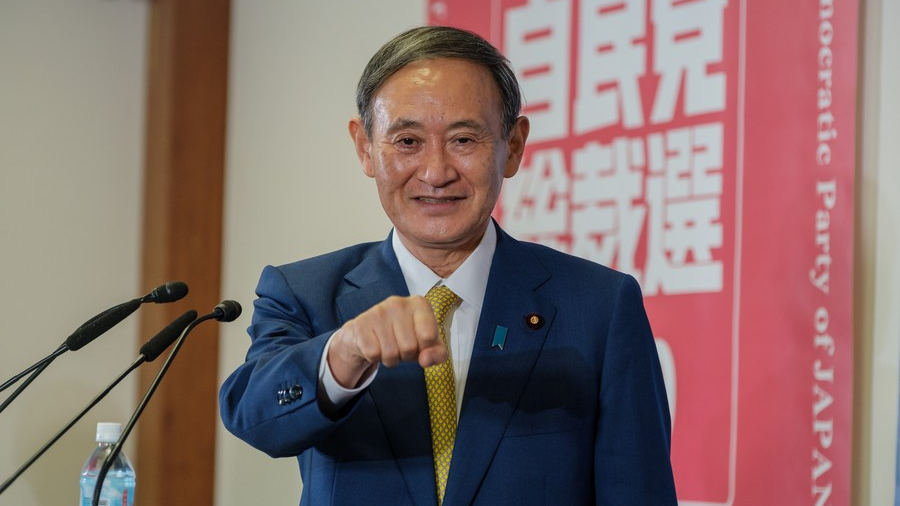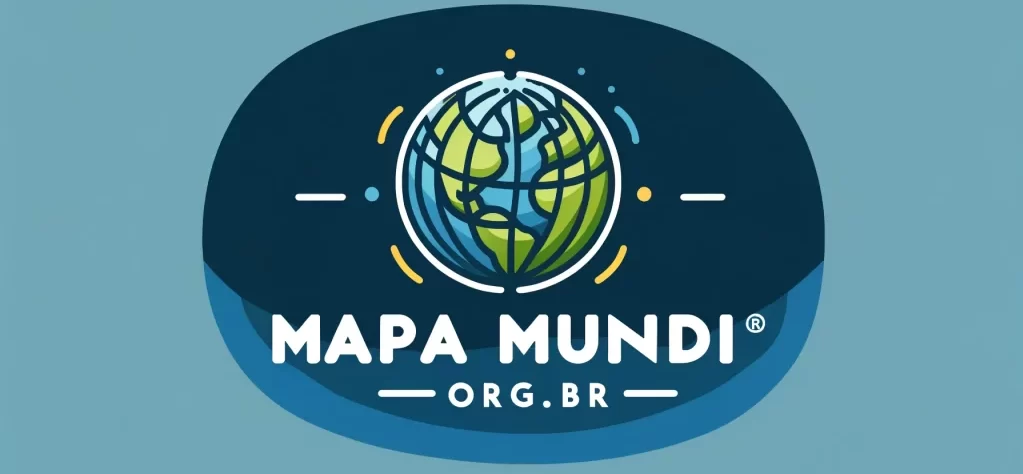
In the article “Japan after Shinzo Abe” (02/09/20), I referred to Shinzo Abe's unexpected resignation as Prime Minister of Japan, in 28 last august. Now, I would like to discuss with your friends the question of your succession. As I mentioned earlier, with the end of the term Abe, that lasted eight years, the longest cycle of stability in contemporary Japan's governance has ended; a lot due to your leadership, that sought to print its personal brand in the management, especially with regard to two fundamental themes.
The first was his effort - frustrated – to review the stony rigidity of Article 9, of the Constitution of 1947, – to "pacifist" – outlined by World War II winners in the nuclear debris of Hiroshima and Nagasaki, a qual estipula que “the Japanese people forever renounce war as a sovereign right of the nation and the threat or use of force as means of settling international disputes”: commitment of a PEOPLE rather than a government. This certainly made sense in 1945, but it is becoming increasingly questionable for contemporary Japan, although the majority of the population insists on its observance.
The second challenge that PM Abe faced was the accelerated change in the regional scenario, driven by China's increasingly unchallenged leadership, the emergence of Southeast Asian countries and the technological prowess of South Korean business chaebols – Samsung, LG, Hyundai, etc…-, that invade markets around the world and move “American and European giants - and some Japanese – even in our paid. E, of course, without forgetting the missile “antics” of the North Korean neighbor.
To succeed Shinzo Abe – and for your inspiration -, the Diet elected Yoshihide Suga. The new Prime Minister served as cabinet secretary during his predecessor's term and introduced himself as the candidate of the “continuity”, following the conservative line of the party (forever) majority of the Diet, the Liberal Democratic Party / PLD.
The first major challenge that Suga must face, according to analysts, is to equate the perceived failure of Shinzo Abe's economic policy - the “Abenomics” - that had been touted as the driving force that would rescue the country from years of anemic growth and had caused the discouragement of investments and the stagnation of the internal market. However, the so-called “three arrows policy” – aggressive monetary policy, fiscal flexibility and structural reforms - left as “spoils”, according to these analysts, rather an alert for other rich “aging” countries, especially the Europeans: that their populations, with plenty of capital and excess savings, installed in a reasonably homogeneous standard of living and in xenophobic surveillance against immigrants, are increasingly being "assaulted", both physically by the so-called “Third World” refugees and economically by the developmental impetus, technological inclusive, of yours “ex-vassals ”, asian, about everything. The Japanese population, increasingly older and recalcitrant in opening up to foreign immigration that can cover the deficit that the growing “depopulation” of 300 thousand inhabitants / year has been creating, fits this paradigm.
In this context, for some analysts, reactivating Japan's economy will require Prime Minister Suga to make a clear break with his predecessor and patron and carry out effectively comprehensive structural reforms (the “third arrow”, that Abe did not materialize). For this Herculean task, he will need the support of parliamentarians, especially from your party members and the Buddhist ally Komeito, the second largest bench of the Diet. For the experts, the best strategy would be to call a general election quickly to confirm the support of the population, what you will need, because promoting comprehensive structural reforms of the kind that its predecessor largely avoided, for political reasons, will demand that he face powerful lobbies and vested interests - many of them in his own party. For so much, the PM will have to mobilize public opinion skillfully instead of acting behind the scenes with the elite bureaucrats, as he did in his role as secretary of Abe's Office. Suga will have to inspire the country. Your first test will be to lead the government's response to the Covid-19 pandemic., because the Abe government’s mixed signals about whether more restrictions are preferable to more economic activity - or, I know, indeed, it would be the other way around - on many occasions the Japanese public was confused. And then, dwell on next year's Olympics (?).
Although Suga proved to be a capable manager as Abe's cabinet secretary, his new role will require him to not only manage, but also lead. Reserved personality, some of his remarks during his recent campaign for the post meanwhile present the prospect, for some experts, that he can be a bolder and more courageous leader than many expect. For so much – greater effort – he will have to "prove what he came for", because, unlike its predecessors, Taro Aso e Shinzo Abe, for example, that came from powerful and “aristocratic” political families, Suga’s background is for middle class farmers, and the family line still counts in Japan, especially in the business and political environments.
In this context, its main “handicap”, for analysts, resides in the international arena, especially in the regional neighborhood. Comparing, Abe performed well in this sphere and had established a wide range of relationships with other world leaders, especially with Donald Trump, that supported him - and connivance - in his “dispute” with Xi Jinping for regional power. By the way, Professor Minxin Pei, from Claremont McKenna College, from california, warns that escalating US-China tensions will make it increasingly difficult for the new PM to avoid taking sides, especially on technology issues and regional and global security agreements. According to the academic, former Prime Minister Shinzo Abe managed to find a delicate diplomatic balance between China and the United States. But, as Chinese-American tensions increase, Suga will have a harder time avoiding taking sides, especially on technological issues and issues related to security, and both – USA and China – are central to Japan's peace and prosperity: America is the guarantor of your security and your second largest trading partner, while China is its biggest trading partner and the powerful “next door neighbor”.
It is also worth remembering that the relations between the two neighbors are historically complex, especially with regard to the unresolved chapter of World War II; the Chinese never forgot the atrocities practiced by Japanese troops in their territory, especially the toxic issue of “comfort women”. In addition to the dispute over the sovereignty of the Senkaku Islands (Diaoyu, for the chinese), in the east China Sea, another topic of great sensitivity between them is that of 5G technology, in which the Chinese telecommunications company Hwawei remains the leader but depends on inputs and parts produced by Japanese companies. Shinzo Abe, in a significant gesture to please the Trump administration, he had subtly banned the Chinese giant from participating in the construction of Japan's 5G network. It is still uncertain whether this decision will remain valid in the current administration in the face of the dilemma “cost-benefit” that she can propose to Japanese high-tech companies.
There are many questions, and it's still too early for answers, evidently. However, one of them is timely: o quanto Shinzo Abe, backstage, will allow your successor – and “pupil” – print your own brand, and how much the PLD will accompany you in the decisions you have to make. Good…and the Chinese, so… very good luck!
I suggest to friends to read the Estadão article below:Japan's ruling party elects Yoshihide Suga as successor to Shinzo Abe – International – Estadão

[…] Also read part II of this article at “Japan after Shinzo Abe (II)“ […]